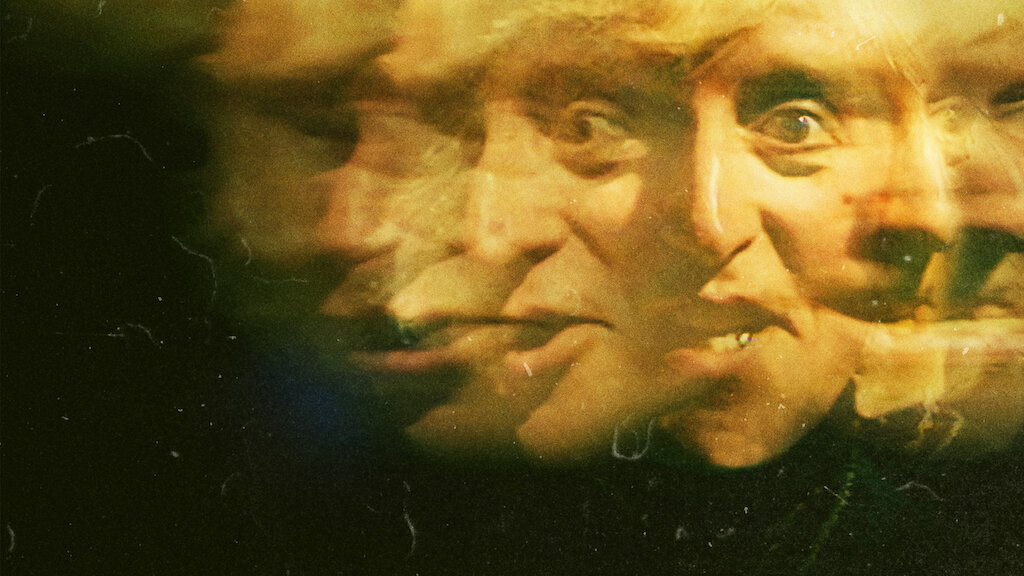When I first moved to England in 2001, my new friends routinely filled me in on various British cultural oddities that even I, as a lifelong Anglophile, had never encountered growing up in the United States. One example is the musician, Sir Cliff Richard, who is a household name in the UK, but was completely unknown to me. An even bigger one is Sir Jimmy Savile, who was for decades one of the most famous television personalities in Britain, and almost no one outside the Isles had ever heard of him. My friends had fond memories of Savile’s hit show Jim’ll Fix It, where children could write to the network in the hope of having their wildest dreams come true. They also told me it was common knowledge the guy was probably a pedophile. Savile was the fixer; but he was also widely regarded as an enormous creep who seemed to have tens of millions of people under his spell.
Just after Savile’s death in 2011, it finally came to light that people’s worst fears about Savile were true. He had abused hundreds of girls and women for more than six decades, often using a humanitarian foothold in children’s homes, hospitals, and other charitable endeavors, along with his membership in the Catholic Church, to position himself for attack. The two-part Netflix documentary, Jimmy Savile: A British Horror Story, directed by Rowan Deacon, tells the now-too-common tale of a famous pervert’s rise and fall. It is harrowing and illustrative in a world that continues to wake up and take back control from a system of turning a blind eye, as well as an entertained public that does not want its elites to let them down. As the Catholic Church and other Christian groups continue to come to terms with a long legacy of diabolical abuse from their leaders, Savile’s story is illustrative.

The first episode of A British Horror Story is particularly useful to a non-British audience, as we go back to the beginning to find out who Savile was and how he came to prominence. From his earliest days on television, Savile projected a Mad Hatter persona, running around and muttering catchphrases that seemed to make more sense to him than to those around him. But one look at Savile’s long, bleached hair and wild eyes would make most people’s Spidey-Sense tingle.
He even promoted his “dark side” to journalists . . . “What a rascal,” his adoring public concluded.
Savile never married and was never photographed with girlfriends. There were persistent rumors that he was gay, but even more common rumors that he had a penchant for little girls. Throughout his career he joked openly about having a promiscuous lifestyle—sometimes even a criminally sexual lifestyle. He would often quip, “My case comes up next Thursday,” garnering big laughs amid some groans. In retrospect, we can now see how Savile tried to deflect his pathology by playing up its comedic potential. He even promoted his “dark side” to journalists, describing his past as a professional wrestler—a lad, that’s all. “What a rascal,” his adoring public concluded.
Jimmy Savile also accumulated so many charitable causes over the years that he made himself above reproach even among those who might have found his discourse too salty. One of the most disturbing aspects of A British Horror Story is the detail the film presents about Savile’s connection to the Royal Family, Prime Minister Margaret Thatcher, and many of the biggest names in British high society. At one point, Savile’s official biographer shows multiple handwritten letters from the Prince of Wales, who regularly asked Savile for public relations advice. Again, such scenarios are not uncommon among the most depraved abusers, as Catholics know very well from the high-profile lifestyle of the disgraced former cardinal Theodore McCarrick, who once had the ear of presidents and popes alike.

The second episode of A British Horror Story features a few of Savile’s victims telling their stories and a lot of handwringing about who was at fault. One of the most disturbing accounts is from a woman whom Savile repeatedly abused when she went to Mass with her family as a little girl at the same Catholic Church that Savile often attended.
As in the Church, so in the world of entertainment, many people are to blame. Savile repeatedly described himself in interviews as “tricky” as opposed to “clever,” reminding us that the most dangerous offenders are often not trying hard to hide their crimes. Instead, they depend on our so-called “benign” neglect, with approbation rooted in the strange reassurance that someone else is much weirder than we are. Sure, we may tell ourselves, Savile seemed like a freak, but he really made children’s dreams come true on television. For children abused by Savile, therefore, society was simply set up to make them feel like the problem was with them. As one person in the documentary puts it, Savile managed to “groom a nation.”
The documentary concludes with mild praise for, of all things, the internet. Savile never used a computer himself, and we all know that today’s sexual predators do much of their grooming online. But many of Savile’s victims have used the internet to finally get their stories out, and independent journalists and investigators unconnected to the old boys’ network of prestige media and government have been able to use online networks to dig much deeper. It is a little anachronistic to say that Saville has subsequently been “cancelled,” but there should be no scandal in seeing his name now taken off buildings and his gaudy gravestone quietly swapped for a bare marker.
Jimmy Savile’s crimes cry out to God—his God—for justice. A British Horror Story may help achieve a little more of it.
